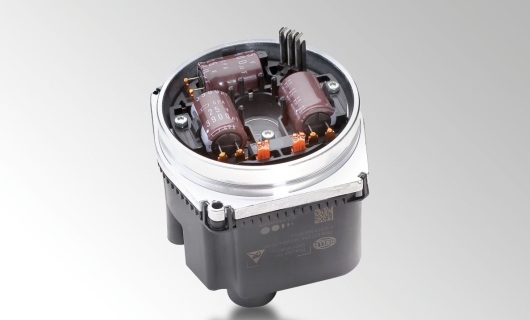The ever-stricter regulations for reducing CO2 emissions require fuel-efficient products. Moreover, autonomous driving requires reliable and precise steering systems. Since 2010, HELLA has been producing electronic control units (ECU) for Electrical Power Steering (EPS) to support and promote fuel efficiency as well as autonomous driving. They allow needs-based steering assistance by means of an electronically controlled electric motor: the steering control module (SCM) calculates the required steering support based on the incoming signals from the sensor system. The SCM also controls the EPS system’s electric motor power supply to deliver the appropriate level of assistance.
Control systems not only facilitate vehicle maneuvering and improve fuel efficiency, but also form the foundation for implementing various functions of automated driving, such as lane keeping assistance or automated parking. In addition, active safety systems are increasingly required to increase road safety. Therefore, HELLA continuously develops its Electronic Control Units and offers them in a Fail Operational version. This means that in the event of a fault in the electronics, the system will not be shut down, but the EPS will continue to work. With the Fail Operational function, HELLA has laid an important foundation for the ECU being suitable for SAE level 4 automated driving.
More than 25 million units of Hella SCM are already in the field, and over the coming years, HELLA will continue to enhance its capacity production by expanding its ECU global production capacities to strengthen its position as one of the 3 leading suppliers of EPS systems and Electronic Control Units in Europe. Currently produced in Germany and China, the company intends to also produce the units in Romania, Mexico, Brazil and India by 2020.



